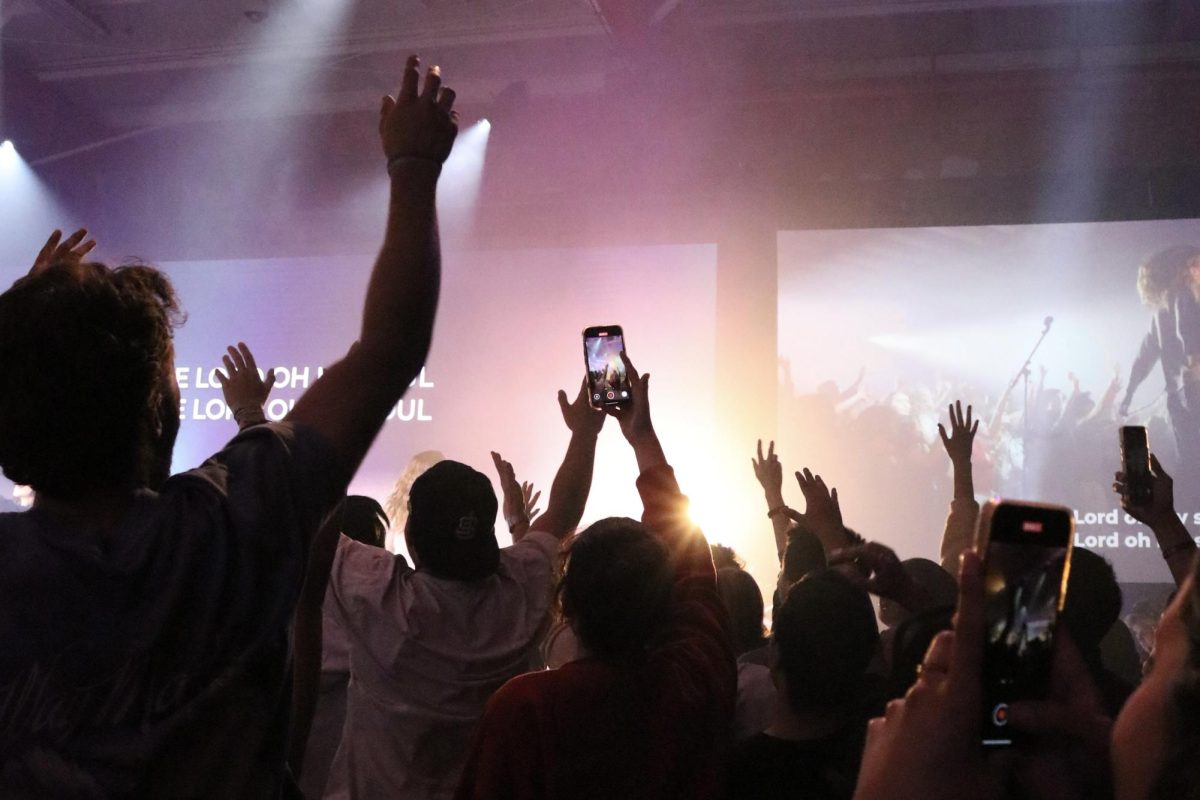In today’s culture, there is no greater sin than being a racist. Entire careers, like that of Newt Gingrich, can be destroyed because of remarks which are felt to be racist. Unfortunately, people of minority races, that is, any race but Caucasian, are rarely, if ever, subjected to this kind of career-destroying pressure. People like Jesse Jackson and Al Sharpton make careers partly by constantly bringing race and division into the public scene.
This is a double standard: the fact that a minority can say certain things that a Caucasian person cannot is important to keep in mind because I am about to say something which a Caucasian person “should not” say.
Terminology Lesson:
There are a few things to keep in mind before getting to the heart of the matter. First, a terminology lesson. The term “racist” means that one considers every other race to be inferior to one’s own, mainly due to skin color. In reality, there are very few true racists. Noting the color of one’s skin does not make you a racist, nor does tying a general stereotype to an entire race. That may make you insensitive, sure, but not a racist.
Personal Struggles
Secondly, it is important to remember that people do have their own personal struggles. No matter what one’s background, race, or experiences are, everyone struggles with adversity. The fact that people all struggle is true. That everyone is justified in feeling the way they do about their struggles is false.
Given what has been said, it seems then that parts of the Jesus Mural debate were legitimate, but the majority of it, specifically the call to take the Jesus mural down, was not. Before the stoning begins, let me point out a few things that people tend to forget when their passions take over their reason.
Since it is true that everyone struggles with issues, one should not go around demanding that everyone who presses on these issues be removed. This would lead to almost every piece of art being eliminated because it offended somebody somewhere.
Artist’s Intent
When it comes to the artistic realm, it is important to note that an artist goes into a piece with a certain intent and, when he is finished, that piece represents his intent. In this case, the Jesus Mural represents the artist Kent Twitchell’s intent that he “wanted the center of this campus to be the Bible, the Word and Christ.” Thus his piece of art stands as a testament to that intent. If one were to interpret differently, and say his piece stood for “oppression,” they would be incorrect, and should most likely change their interpretation.
It is also important to remember that just because one has feelings that don’t align with an artist’s intent, it does not mean those feelings do not exist. And if those feelings are negative feelings, it is important especially as Christians to remember that we must have compassion on those who have been negatively affected.
Those who feel marginalized by the Jesus mural, although it may not be what the artist intended, still feel the hurt and pain, and those who do not struggle should exercise empathy for that fact.
It is generally a good thing that people are airing out their feelings in regards to the Jesus Mural; people should always have space to get things off their chests. However, in this case, calling for the mural to be torn down was unnecessary.






